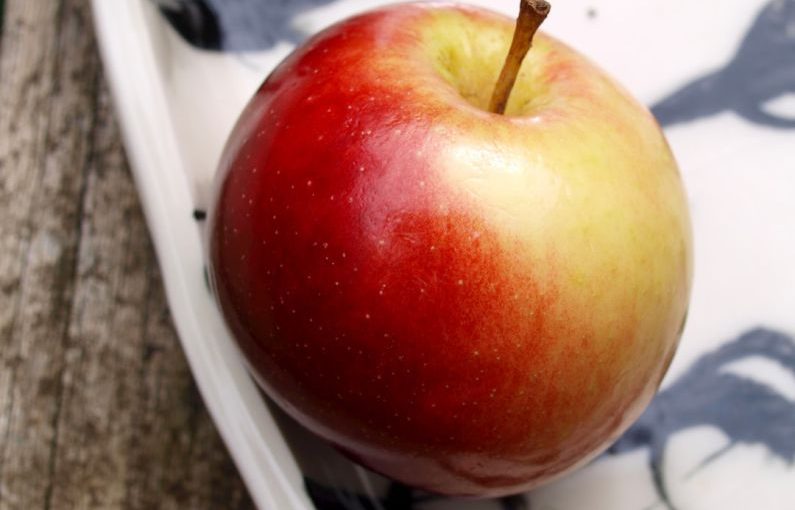Sugar has long been a contentious topic in the realm of health and nutrition. On one hand, it adds a delightful sweetness to our food and treats, making them more enjoyable. On the other hand, excessive sugar consumption has been linked to various health issues like obesity, diabetes, and heart disease. The key lies in finding the right balance between indulgence and health when it comes to sugar consumption. This is where the concept of low-glycemic index (GI) sugars comes into play – offering a sweet spot that caters to both our taste buds and our well-being.
The Glycemic Index (GI) is a scale that ranks carbohydrates based on how quickly they raise blood sugar levels. Foods with a high GI are rapidly digested and absorbed, causing a sharp spike in blood sugar levels, followed by a crash. On the other hand, low-GI foods are digested and absorbed more slowly, leading to a gradual and sustained release of glucose into the bloodstream. This steady supply of energy helps maintain stable blood sugar levels and keeps hunger at bay, making low-GI foods a preferred choice for overall health.
### The Low-GI Sugar Revolution
In recent years, the spotlight has shifted towards low-GI sugars as a healthier alternative to traditional sugars. These sugars are metabolized more slowly by the body, preventing sudden spikes and crashes in blood sugar levels. As a result, they provide a more sustained release of energy, promoting satiety and enhancing overall metabolic health. Low-GI sugars are derived from various sources, including fruits, vegetables, and whole grains, offering a diverse range of options to satisfy your sweet cravings without compromising your health goals.
### Exploring the Sweet Choices
One of the most popular low-GI sugars is coconut sugar, which is derived from the sap of coconut palm trees. With a caramel-like flavor and a lower GI compared to regular sugar, coconut sugar has gained popularity as a natural sweetener that doesn’t cause the same blood sugar spikes. Similarly, maple syrup, made from the sap of maple trees, is another low-GI sweetener that offers a distinct flavor profile and a range of essential minerals like manganese and zinc. These natural alternatives provide a healthier option for sweetening your favorite dishes and beverages without sacrificing taste.
### Benefits Beyond the Sweetness
Aside from their impact on blood sugar levels, low-GI sugars offer a host of other health benefits. They are rich in nutrients and antioxidants, which support overall well-being and help combat inflammation and oxidative stress in the body. Additionally, the slow-release energy provided by these sugars can enhance endurance and performance, making them a preferred choice for athletes and active individuals. By incorporating low-GI sugars into your diet, you can enjoy the sweetness you crave while reaping the nutritional rewards that come with it.
### Making the Switch
Transitioning to a diet that includes more low-GI sugars doesn’t have to be a daunting task. Simple swaps like using coconut sugar instead of regular sugar in your morning coffee or opting for maple syrup on your pancakes can make a significant difference in your overall sugar intake. Experimenting with different low-GI sweeteners and incorporating them into your favorite recipes can help you discover new flavors and textures while prioritizing your health goals.
### Embracing a Balanced Approach
Finding the sweet spot between health and taste is essential for maintaining a sustainable and enjoyable relationship with food. Low-GI sugars offer a valuable solution that allows you to indulge in sweetness without compromising your well-being. By being mindful of your sugar choices and opting for low-GI alternatives, you can strike a harmonious balance that nourishes both your body and your taste buds. Embrace the low-GI sugar revolution and savor the sweetness of a healthier lifestyle.





